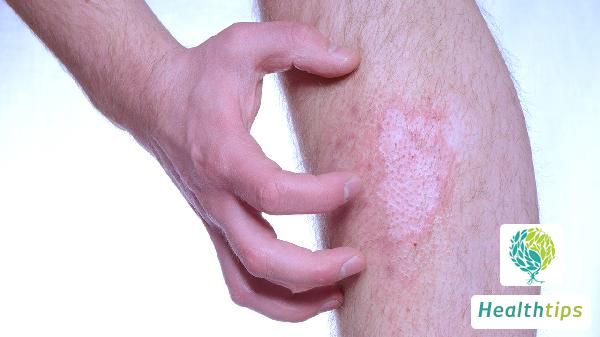What Are the Treatment Methods for Children with High Fever and Convulsions?
Children's fever with convulsion can make parents feel helpless and extremely nervous. It is also a relatively extreme symptom in children. However, parents shouldn't worry too much. Children's nervous system is not fully developed, so once the fever reaches 39 degrees, it can easily lead to clenched teeth, body spasms, or loss of consciousness. In this case, parents must understand some treatment methods for children's fever with convulsion. Let's take a look at this aspect.

1. Put the child on his side or tilt his head to one side, immediately make the child lie on his side, tilt his head backwards slightly, and protrude his chin slightly forward without using a pillow. Or lie flat without a pillow, with the head tilted to one side. Never give the child medication during a convulsion (to prevent suffocation).
2. Keep the respiratory tract unobstructed. Unfasten the collar and wrap a tongue depressor or chopsticks in soft cloth or handkerchief to place between the upper and lower molars to prevent biting the tongue. At the same time, use a handkerchief or gauze to promptly remove secretions from the child's mouth and nose.
3. Control convulsions by pinching or pressing the acupoints such as Zhongren, Hegu, and Neiguan for two to three minutes, and maintain a quiet environment around the child, minimizing unnecessary movements and stimulation.
4. Lower body temperature by applying cold compresses. Place cold towels on the child's forehead, palms, and thighs and change them frequently. Fill a hot water bag with ice water or ice pack, wrap it in a towel, and place it on the child's forehead, neck, and groin, or use a fever-reducing patch. Use warm water to bathe the child, gently wiping the large veins such as the neck, armpits, elbows, and groin with a warm, damp cloth until the skin turns red to facilitate heat dissipation. Take a warm bath with water temperature between 32-36℃ and enough water to cover the torso. Support the child's head and shoulders and let the body lie in the basin for 5-10 minutes. Rub the skin gently to help sweat glands secrete. Administer medication to reduce fever by giving oral fever-reducing medication or inserting a suppository into the anus.
5. Seek medical attention promptly. Generally, children's fever with convulsion can be relieved within 3-5 minutes. Therefore, when a child loses consciousness and experiences generalized, symmetrical, tonic-clonic spasms or seizures, parents should not rush to take the child to the hospital but wait for the child to regain consciousness before seeking medical attention. Even if the convulsion has stopped after nursing, it is still necessary to go to the hospital to further investigate the true cause of the convulsion. However, if the child continues to have seizures for more than 5-10 minutes without relief or has recurrent seizures in a short period of time, indicating a more severe condition, immediate hospitalization is required. During transportation to the hospital, expose the child to the outside, straighten the neck to maintain airway patency. Do not wrap the child too tightly to avoid blocking the nose and mouth, causing respiratory obstruction, or even death by suffocation.



















